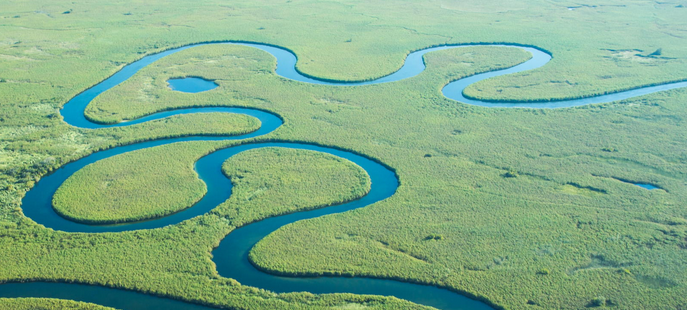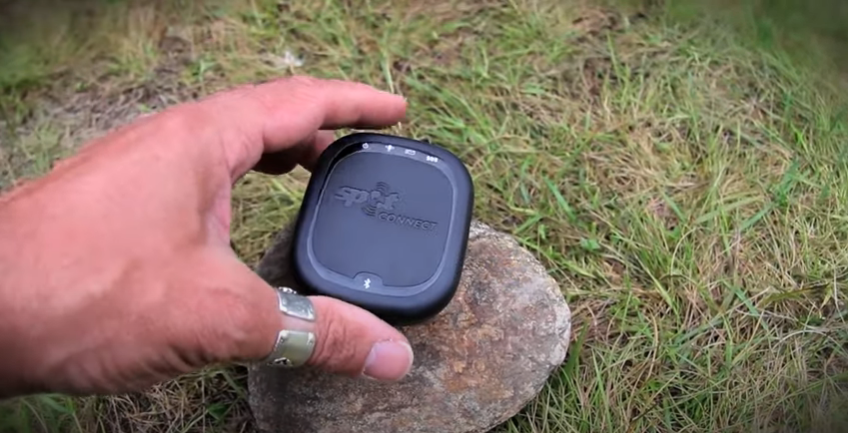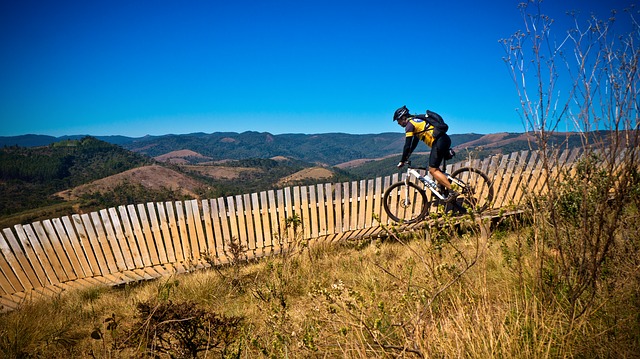Why do streams meander?
This very Zen question so perplexed scientists at the University of California, Berkeley, that they built a scale model of a living river bed in their laboratory.
They planted alfalfa seeds so the sprouts could serve as miniature stand-ins for real vegetation such as trees and bushes. After they ran water through the wee river for 130 hours (the equivalent of 7 years in the wild), the channel began to snake the way a natural stream pleasantly wanders through a landscape.
Turns out there are two key ingredients: sand and vegetation. Vegetation reinforces the banks and sand helps build point bars, the peninsulas of land on the inside of river bends that prevent the water from flowing straight down hill.
The researchers hope to use what they learned to better restore previously dammed streams and rivers to a healthy state.
So now, Grasshopper, you know.
This page is an archive. To learn more about archive pages click here
The responses below are not provided, commissioned, reviewed, approved, or otherwise endorsed by any financial entity or advertiser. It is not the advertiser’s responsibility to ensure all posts and/or questions are answered.




